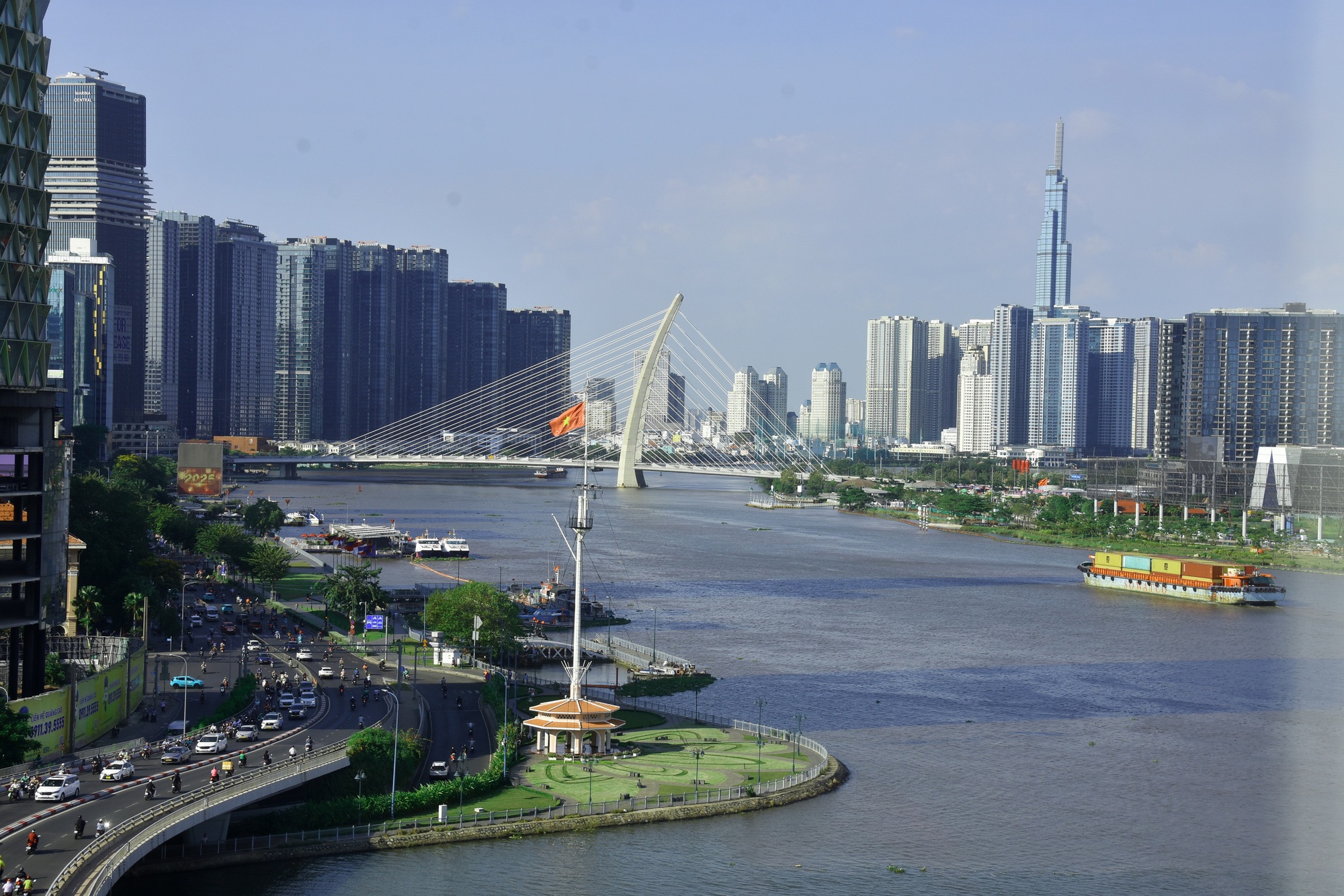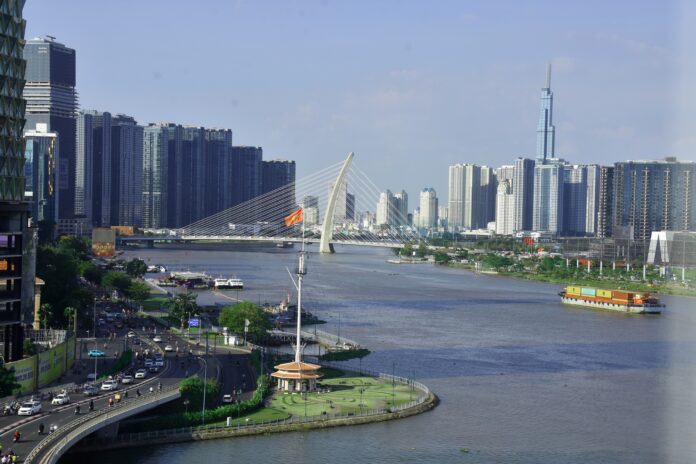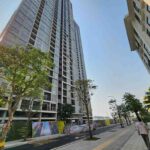Evaluating the District-Level Governance Model in Ho Chi Minh City
On May 23rd, the People’s Committee of Ho Chi Minh City issued a plan to conclude the district-level governance model and address related matters in the formation of a two-tier local governance structure.
The plan aims to assess the outcomes of the district-level model implemented under the Law on Local Governance up until its anticipated discontinuation on July 1st, 2025. It also involves researching, proposing, and recommending appropriate solutions for establishing a two-tier local governance structure.

Ho Chi Minh City evaluates the district-level governance model. Photo: Tan Thanh
The People’s Committee of Ho Chi Minh City has tasked the People’s Committee of Thu Duc City and the district-level committees with preparing evaluation reports on the outcomes of the district-level model as per the Law on Local Governance . They are also responsible for organizing conferences to review achievements and honor outstanding collectives and individuals, with a completion date set for May 30th.
Additionally, these committees are to propose personnel plans for the Party Committee at the commune level post-reorganization, including suggestions for the Party Committee’s Executive Board and key positions as stipulated. They will also develop a scheme for the arrangement of civil servants and public employees, focusing on the newly formed wards and communes, along with a plan to address non-specialized staff.
The district-level committees are also responsible for formulating a plan to rearrange and rename residential areas, with a report to be submitted to the People’s Committee of Ho Chi Minh City (through the Department of Home Affairs) by May 30th.
Furthermore, they are to provide recommendations on concluding the administrative units at the district level and establishing new administrative units at the commune level. By June 15th, they should complete the inspection and inventory of surplus headquarters, assets, vehicles, and equipment post-reorganization and develop a utilization plan as per regulations.
Concurrently, they are to direct the preparation of conditions for organizing Party Congresses at the commune level for the 2025-2030 term, following the plan of the City Party Committee’s Standing Board.
The People’s Committees of the 273 wards, communes, and towns are to collaborate and submit semi-annual assessment reports on the implementation of the regulations on the organization and operation of residential areas to the People’s Committee of Thu Duc City and the district-level committees by May 30th. They are also responsible for coordinating and providing information to support the evaluation of the district-level model’s outcomes as directed by the higher-level committees.
The wards, communes, and towns are tasked with updating and compiling data on residential areas, lists of participants in these areas, and formally handing over this information to the People’s Committee of Thu Duc City and the district-level committees for the formulation of plans to rearrange and rename residential areas.
At the commune level, there is also a responsibility to review, update, and finalize the handover of tasks following the announcement of the National Assembly’s Standing Committee’s resolution on administrative unit reorganization by June 15th.
The Ultimate Luxury: A Decade-Old Apartment with a Price Tag of Over $100,000 per Square Meter
In Ho Chi Minh City, resale prices for apartments have surged, with some projects witnessing a staggering 50% increase, and select developments even reaching up to a 100% premium compared to their initial launch prices.
“Urgent Steps to Developing an Efficient Urban Railway System: A Comprehensive Guide”
“Ho Chi Minh City is revolutionizing its urban rail network with a forward-thinking, visionary approach, tailored to the city’s evolving context and needs.”





















